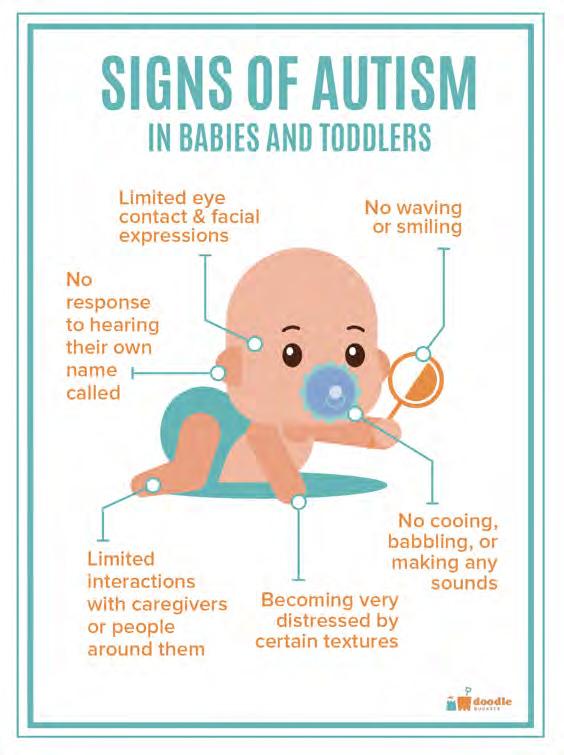
4 minute read
History of Public Schools: Special Education
History of Public Schools: Special Education
What is Special Education
Advertisement
In the United States, “the governing federal law is the Individuals with Disabilities
Education Act (IDEA). Under this act, special education is defined as “specially designed
instruction, at no cost to parents, to meet the unique needs of a child with a disability” 83 Usually
children that require special education services need support that extends beyond what is
typically offered in the regular classroom or school setting. The goal of special education is to
ensure that all children’s educational needs are met, no matter their state of disability. The IDEA
defines those with special education needs as anyone who has one of the following disabilities:
“Autism, Deaf-Blindness, Deafness, Emotional Disturbance, Hearing Impairment, Intellectual
Disability, Multiple Disabilities, Orthopedic Impairment, Other Health Impairment, Specific
Learning Disability, Speech or Language Impairment, Traumatic Brain Injury, or a Visual
Impairment.” 84
Students without any of the listed disabilities may still qualify for special education
services, specifically children with developmental delays, and “children at risk for disabilities in
the eligible group for special education.” 85 generallythese are the children who are a little
behind in development and are not achieving certain milestones within the educational
environment.
How do Students Obtain Special Education Services Parents and teachers both can make referrals for the need of SPED support. Parents
specifically, should have any required documentation or history on the child’s disability, if it is
known before attending a school. If not, usually a teacher will begin to notice the special needs
83 Watson, Sue. “What Does 'Special Education' ActuallyMean?” ThoughtCo, November 13, 2019. 84 Watson, Sue. “What Does 'Special Education' Actually Mean?” ThoughtCo, November 13, 2019. 85 Ibid.
child is being considered for special education services, they will be assessed and evaluated to
determine if they do or do not qualify for the services. If the child does qualify, an Individual
Education Plan/Program (IEP) will be constructed and put into place for the student. 87 IEPs
usually include educational and behavioral goals, objectives, activities and any other possible
support methods the child may need to reach their full potential within the educational
environment. 88 Over the course of the academic year,the IEP will be regularly reviewed and
adjusted based on the outcomes of the child and any advice from those doing the assessments.
History of Special Education Looking into a historical timeline of special education and how it has evolved will help to
instill the pressing issues that continue over time and how they have been designed for. The
Rehabilitation Act of 1973 was an act put in place in the United States that ensured civil rights
were given to disabled individuals residing in federally funded institutions or participating in
federally funded educational programs. 89 Next, in1975, the Education for All Handicapped
Children Act (EHA) guaranteed that all children with disabilities could receive a free,
appropriate public education, and provided funds to enable state and local education agencies to
agree to the new standards. 90 Later, in 1990, theAmericans with Disabilities Act (ADA) “barred
discrimination in employment (Title 1), public services and transportation (Title 2), public
accommodations (Title 3), telecommunications (Title 4) and miscellaneous provisions
(Title 5).”91
86 Ibid. 87 Ibid. 88 Ibid. 89 Glavin, Chris. “History of Special Education in the US.” History of Special Education in the US | K12 Academics, February 6, 2014. 90 Ibid. 91 Ibid.
portrayed a large shift in the focus on the disability education system; in doing this they added
individual transition plans (ITP) for students transitioning “from secondary school to adult life or
post secondary education.” 92 More commonly known isthe No Child Left Behind Act that was
established in 2001, also known as the Elementary and Secondary Education Act. This act started
to look for accountability within academic performance of all students, and called for a complete
proficiency in reading and math of all students by 2012. 93
Charter Schools
Charter and magnet schools are a form of public education and are publicly funded and
by law must work to serve children’s needs. Usually, the size of the facility is smaller than a
regular school and can facilitate a teacher-student relationship by smaller class sizes. These
schools tend to “offer a more hands-on, service-learning educational model which can be great
for a child with hyperactivity or Autism.” 94 Someof the benefits of a charter-style school
include the ability to cater to a specific child’s learning styles and strengths in a way that public
schools cannot. 95 They are free and just as appropriateof an education as the local public school,
while it is a much smaller scale which is often more beneficial to students with special needs. On
the other hand, there are a few disadvantages to a charter school including the distance. Not
every town has a charter school and may require you to travel some distance for attendance. 96
The facilities also have a less flexible program and much fewer resources than the local public
92 Ibid. 93 Ibid. 94 Rudy, Lisa Jo. “The Wide Range of School Options for Children with Special Needs.” Verywell Family, June 13, 2020. 95 Ibid. 96 Ibid.








